Device as a service (DaaS): The future of business hardware
The benefits of a DaaS solution, from initial expenditure to TCO, flexibility and support
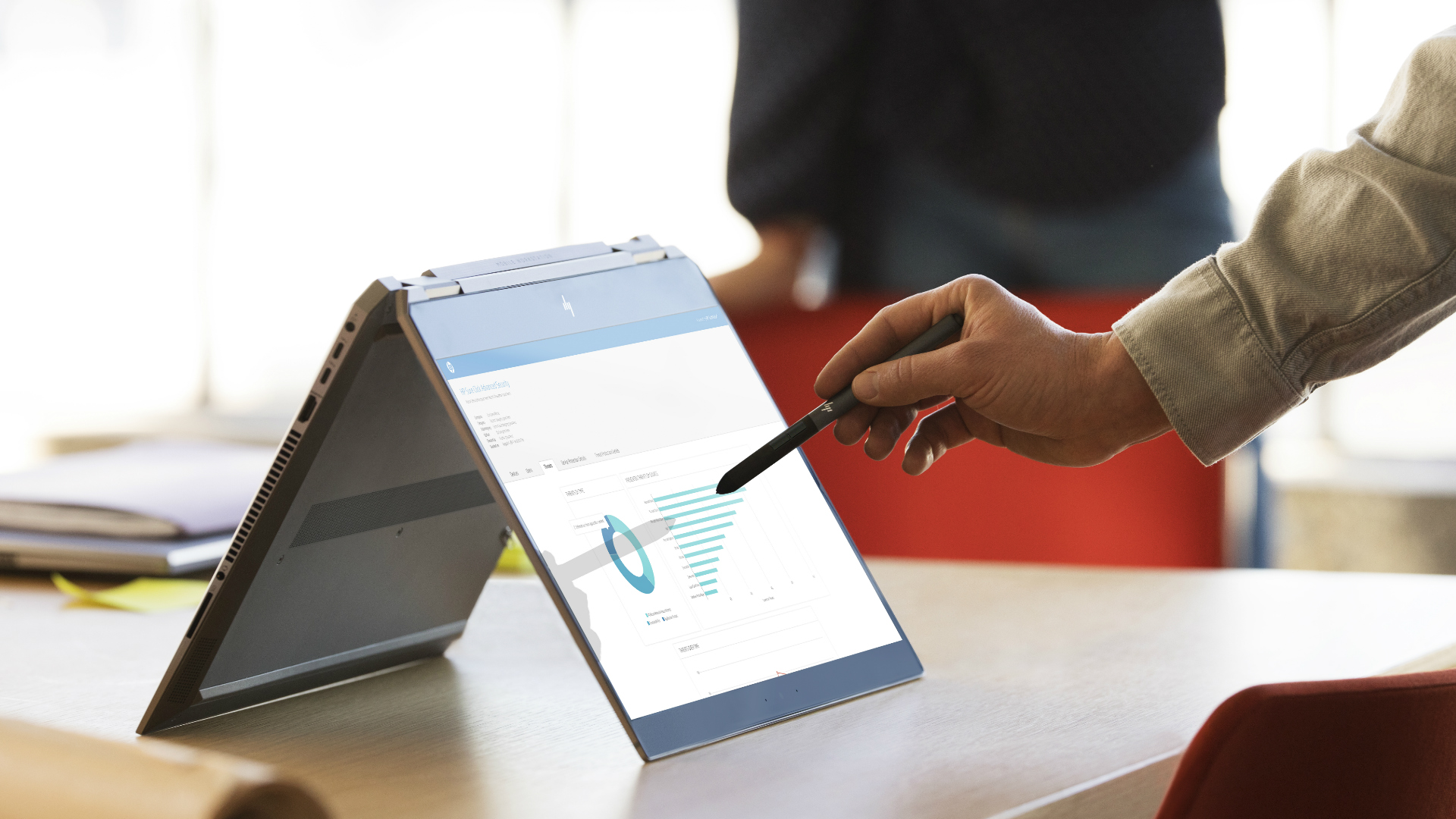
We have seen a recent dramatic shift in the way we work. With entire companies working from home and uncertain times ahead, flexibility is now more important than ever – companies need agile, adaptable tools and equipment and the ability to evolve and develop their IT estate in step with changes in the business world. As a result, many companies are rethinking their devices – the current circumstances have certainly highlighted which equipment is up to the job and which is not. According to HP’s recent report, 92% of IT decision-makers are changing the types of computers they are buying.
From an increased need for portable devices to security concerns, there are many reasons for this. For example, HP’s report found that 56% of IT decision-makers will buy a higher proportion of portable computers vs. desktops and 35% of IT decision-makers plan to buy devices with security built into the BIOS when they upgrade their hardware.
But, in difficult economic times, many organisations won’t have the CapEx budget they need for this hardware refresh. Device as a device (DaaS) eliminates that up-front cost and brings many other advantages for over-stretched IT departments. And its appeal isn't confined to companies facing a big migration either, DaaS could be the way most businesses buy hardware in the future.
What is DaaS?
In much the same way we've grown used to buying software as a service paying a monthly fee instead of an upfront lump sum it's now possible to do the same for hardware. Many companies will already lease hardware from a supplier, but DaaS is more than a fancy new name for leasing.
Depending on the supplier and the package you choose, DaaS can also include extras such as inventory monitoring, network analytics, security and compliance reporting, remote device wiping and software patch management. It's a complete hardware management package, not just the hardware itself.
What are the advantages of DaaS?
The chief advantage for businesses is financial. With immense disruption to normal working life, now is a crucial time for many organisations to refresh – but as the business world struggles to get back in action, budgets may be tight.
Even in more stable times, a full refresh is a CapEx headache, with companies not only forced to find the money for the hardware investment but also to account for the depreciation of that hardware from the moment it arrives on employees' desks. In the past, companies may have ended up tying themselves to expensive finance packages to afford such refreshes. And now, with many companies in a precarious position, many organisations might be tempted to put off or cancel their refreshes altogether, leaving them struggling to keep up with competitors with outdated hardware.
DaaS crucially shifts the cost from the CapEx to the OpEx column on the financial controller's spreadsheet. A big migration doesn't require a huge up-front outlay, but is instead spread over the duration of the contract. For a company that has hundreds or even thousands of devices to migrate, that can be the difference between getting the green light or not.
It's not only companies who are facing big migrations that could benefit from DaaS. Startup companies don't need to burn through valuable seed capital by ploughing up-front investment into hardware they can pay for what they need, with the flexibility to scale quickly when required.
DaaS also demolishes the problem of dealing with end-of-life hardware. The onus and cost of securely disposing of that hardware falls on the supplier, not your IT department. Meanwhile, all the hardware in the business is kept fresh, with no risk of devices falling behind the requirements of the latest operating systems or business-critical applications.
The DaaS difference
What sets DaaS apart from a traditional leasing plan or finance package is all the extras that come with it. It's a complete management platform for your Windows hardware, not just an alternative financing deal.
Firstly, a good DaaS provider should be able to support a range of devices so that you can tailor allocated hardware to your employees' specific needs. For example, HP's DaaS offering allows you to choose a device mix that suits your business, with a wide selection of commercial notebooks, desktops, mobile and specialised devices. (While we're on this topic, don't confuse 'device as a service' with 'desktop as a service', which are two different things – the latter being the provision of virtual desktops to your hardware.)
The DaaS provider should not only lift the burden of procurement off your IT department's shoulders but ongoing management, too. Next-day breakdown replacements, accidental damage protection and even data recovery are services that are offered by DaaS providers, ensuring business isn't massively disrupted if supplied hardware fails.
RELATED RESOURCE
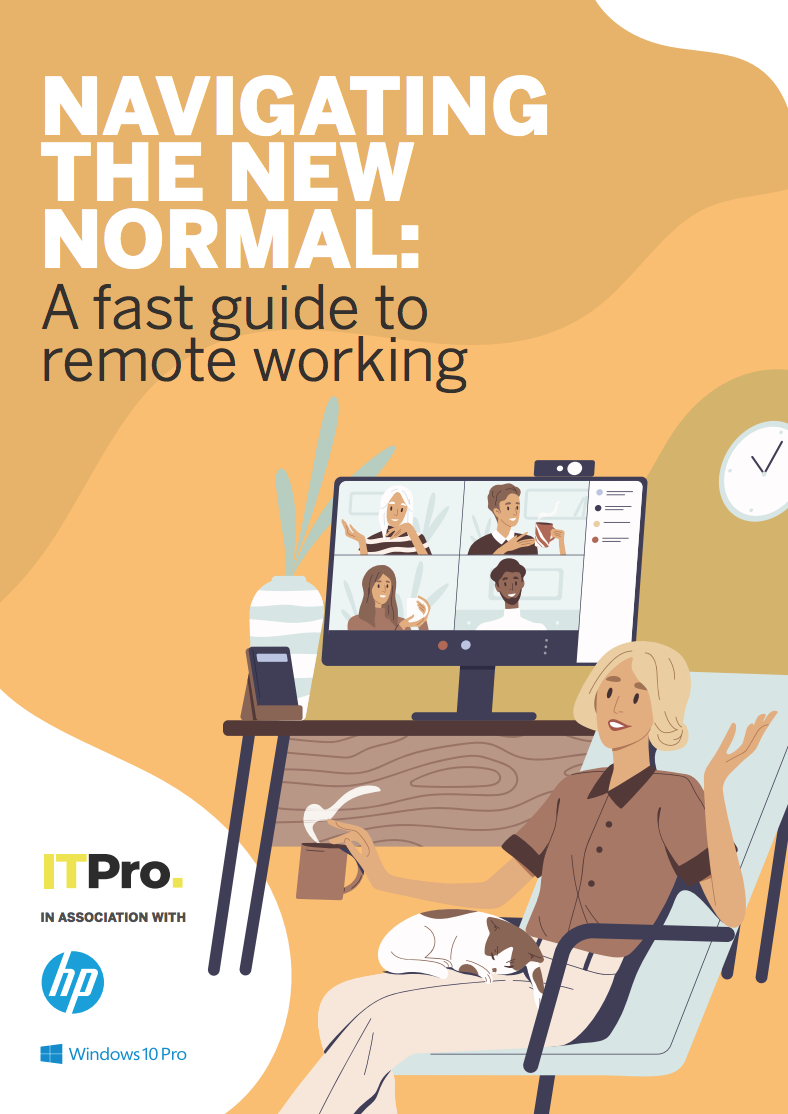
Navigating the new normal: A fast guide to remote working
A smooth transition will support operations for years to come
Some of the more tedious, time-consuming IT management jobs should also be handled by your DaaS provider, such as hardware and software inventory management and compliance reports. For example, HP’s Proactive Management with TechPulse provides insight reports with analytics on planning, cost optimisation and service management capabilities for all devices using the service. These are divided into four different categories – hardware, security, software and incidents.
Your DaaS provider may even be able to help with remote assistance and password recovery, meaning your IT team isn't bogged down with calls to its own helpline. You should also be able to configure custom images that are deployed across your company, in much the same way you might if you were managing your own hardware deployment.
This allows your IT department to break free from the day-to-day drudge work and focus on what they should be doing: working out how best to boost your business with technology. With DaaS, IT becomes less of a service department and more the strategic planning department it arguably always should have been.
Then there are the security benefits of moving to DaaS. Many providers will offer fleet management services, allowing you to locate and remotely lock missing devices. If a laptop is reported stolen, your DaaS provider's dashboard may allow you to sound an alarm on the device or remotely wipe any sensitive data stored on it, ensuring all the thieves get their hands on is the device itself. And it’s not just the dangers of physically losing your devices that DaaS providers protect against, many now offer top security against the ever-evolving and growing risk of cybercrime. HP Proactive Security provides endpoint security with isolation technology, security and threat analytics, and expertise to help organisations ensure their security is as strong as it can be.
The final benefit is related to the problem that may drive many companies to consider DaaS in the first place: keeping everything up to date. DaaS providers will not only replace hardware when it reaches end of life, but keep the software running on those devices up-to-date too. DaaS providers can look after Windows patch management, ensuring that devices aren't exposed to security flaws or missing new features. Some DaaS providers will also keep third-party software updated, meaning your critical business applications don't fall several versions behind the current update.
You might consider DaaS to make a hardware refresh more affordable in the short-term, but the long-term cost and business benefits that DaaS offers could have a much greater impact on your business.
Get the ITPro daily newsletter
Sign up today and you will receive a free copy of our Future Focus 2025 report - the leading guidance on AI, cybersecurity and other IT challenges as per 700+ senior executives
ITPro is a global business technology website providing the latest news, analysis, and business insight for IT decision-makers. Whether it's cyber security, cloud computing, IT infrastructure, or business strategy, we aim to equip leaders with the data they need to make informed IT investments.
For regular updates delivered to your inbox and social feeds, be sure to sign up to our daily newsletter and follow on us LinkedIn and Twitter.
-
 Cleo attack victim list grows as Hertz confirms customer data stolen
Cleo attack victim list grows as Hertz confirms customer data stolenNews Hertz has confirmed it suffered a data breach as a result of the Cleo zero-day vulnerability in late 2024, with the car rental giant warning that customer data was stolen.
By Ross Kelly
-
 Lateral moves in tech: Why leaders should support employee mobility
Lateral moves in tech: Why leaders should support employee mobilityIn-depth Encouraging staff to switch roles can have long-term benefits for skills in the tech sector
By Keri Allan
-
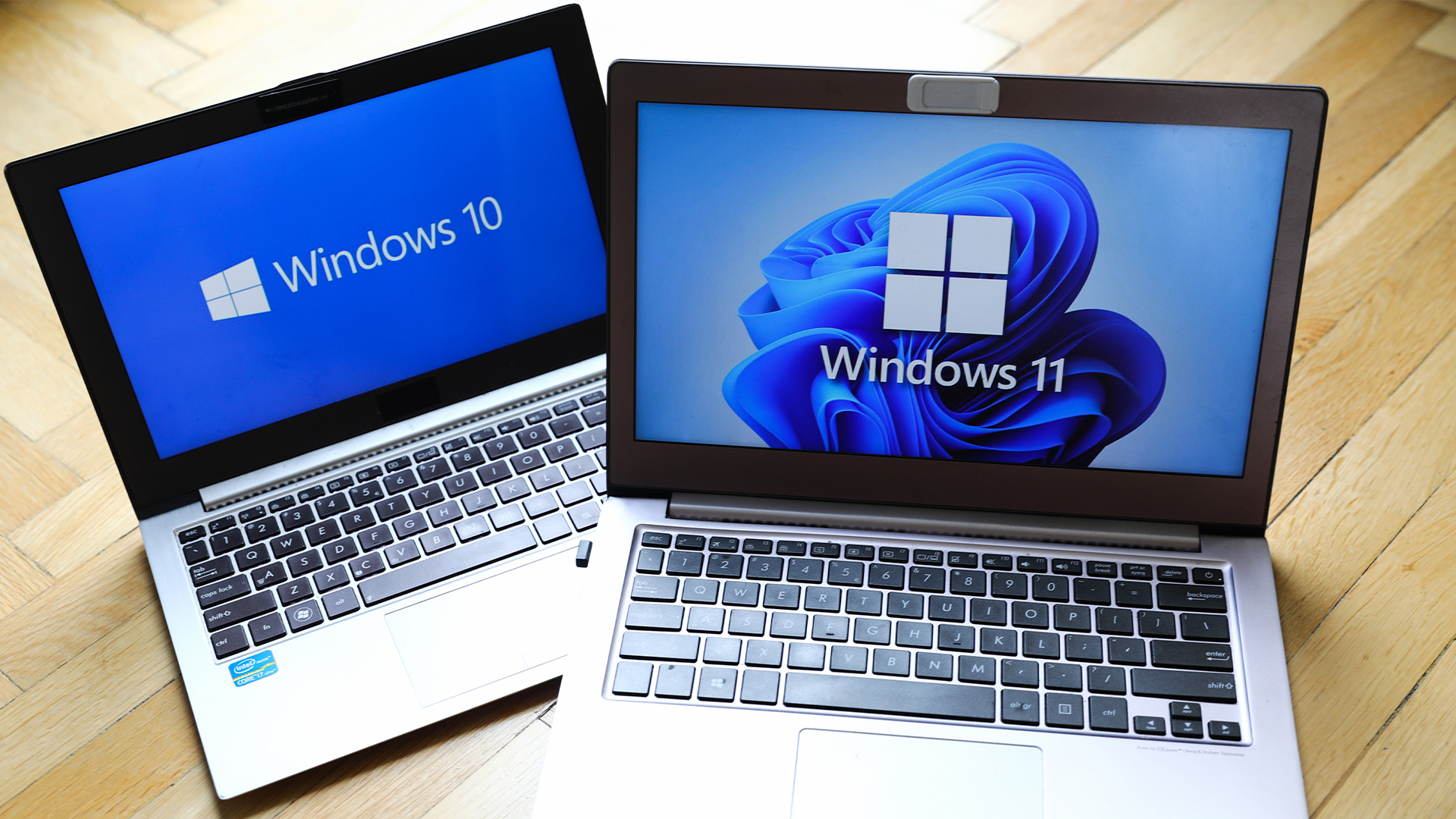 Dragging your feet on Windows 11 migration? Rising infostealer threats might change that
Dragging your feet on Windows 11 migration? Rising infostealer threats might change thatNews With the clock ticking down to the Windows 10 end of life deadline in October, organizations are dragging their feet on Windows 11 migration – and leaving their devices vulnerable as a result.
By Emma Woollacott
-
 Windows 10 will receive only one more update before going EOL
Windows 10 will receive only one more update before going EOLNews Users have been urged to upgrade as Windows 10 22H2 will be the final version before support ends in October 2025
By Ross Kelly
-
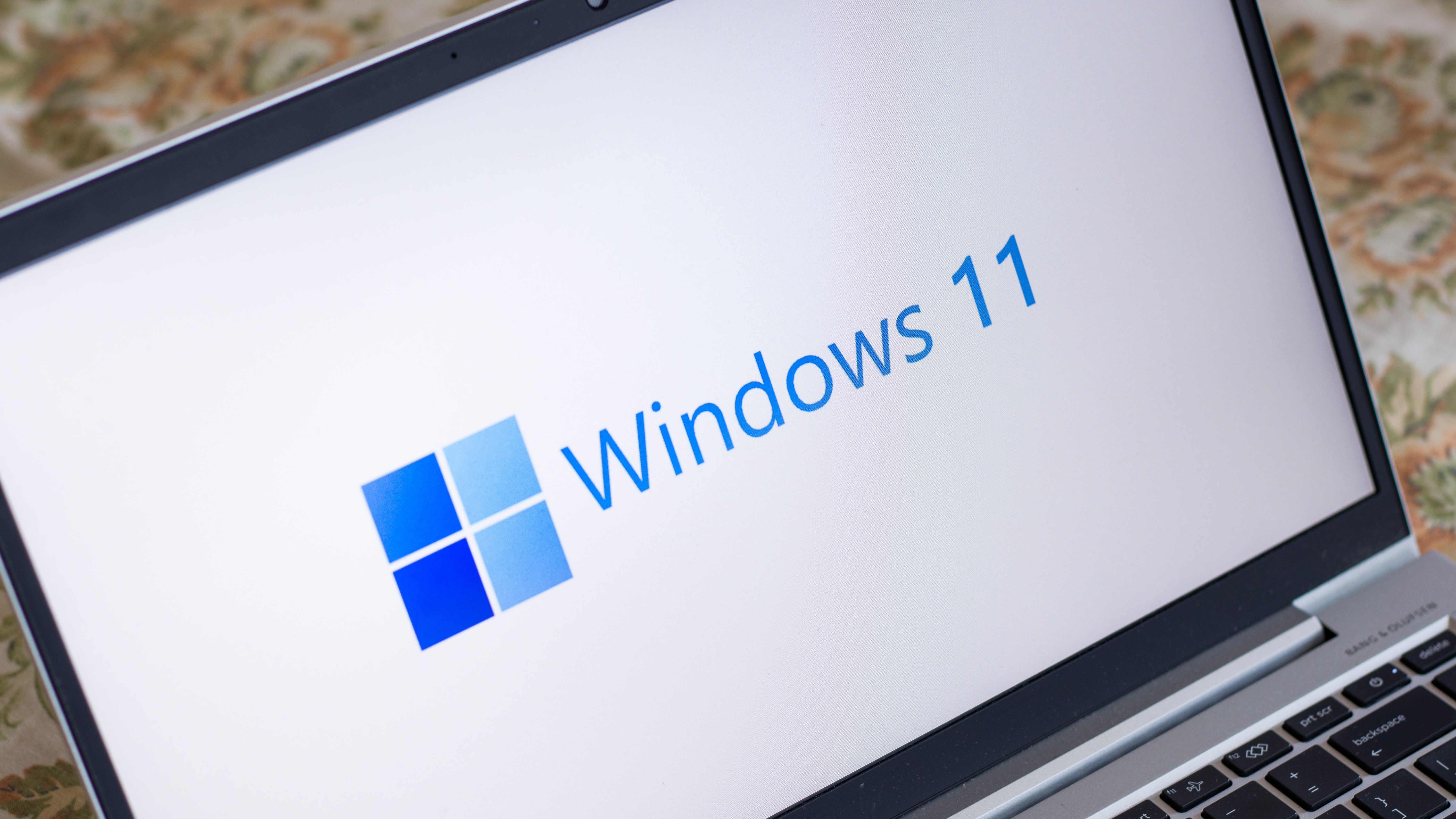 How to check if your PC is compatible with Windows 11
How to check if your PC is compatible with Windows 11Tutorials Find out if your PC is ready for the brave new world of Windows 11 with this guide.
By Alan Martin
-
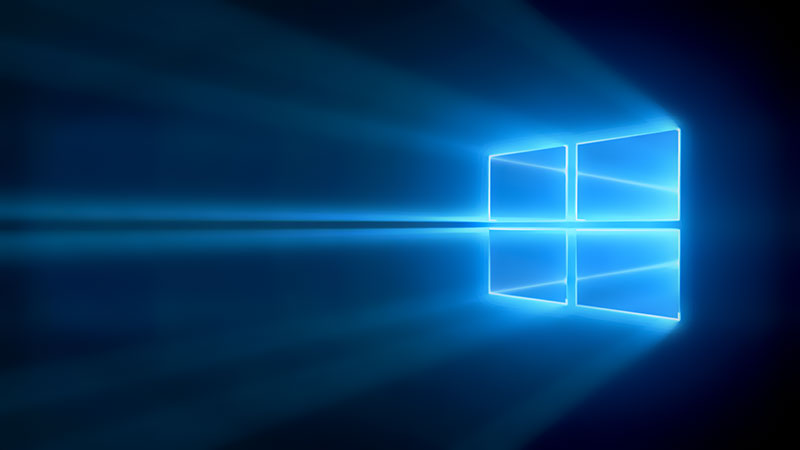 How to downgrade from Windows 11 to Windows 10
How to downgrade from Windows 11 to Windows 10Tutorials Are you missing Windows 10? Here’s how to get it back if you’re regretting your Windows 11 upgrade
By Alan Martin
-
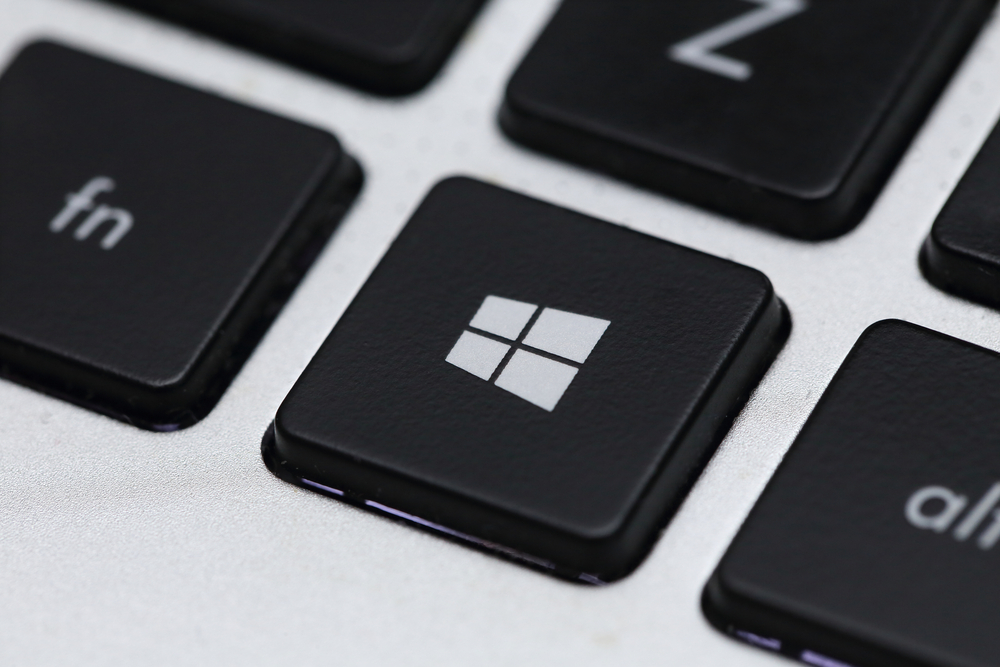 How to move the Start Menu in Windows 11 to where it belongs
How to move the Start Menu in Windows 11 to where it belongsTutorials …and other tips to make Windows 11 feel like Windows 10
By Alan Martin
-
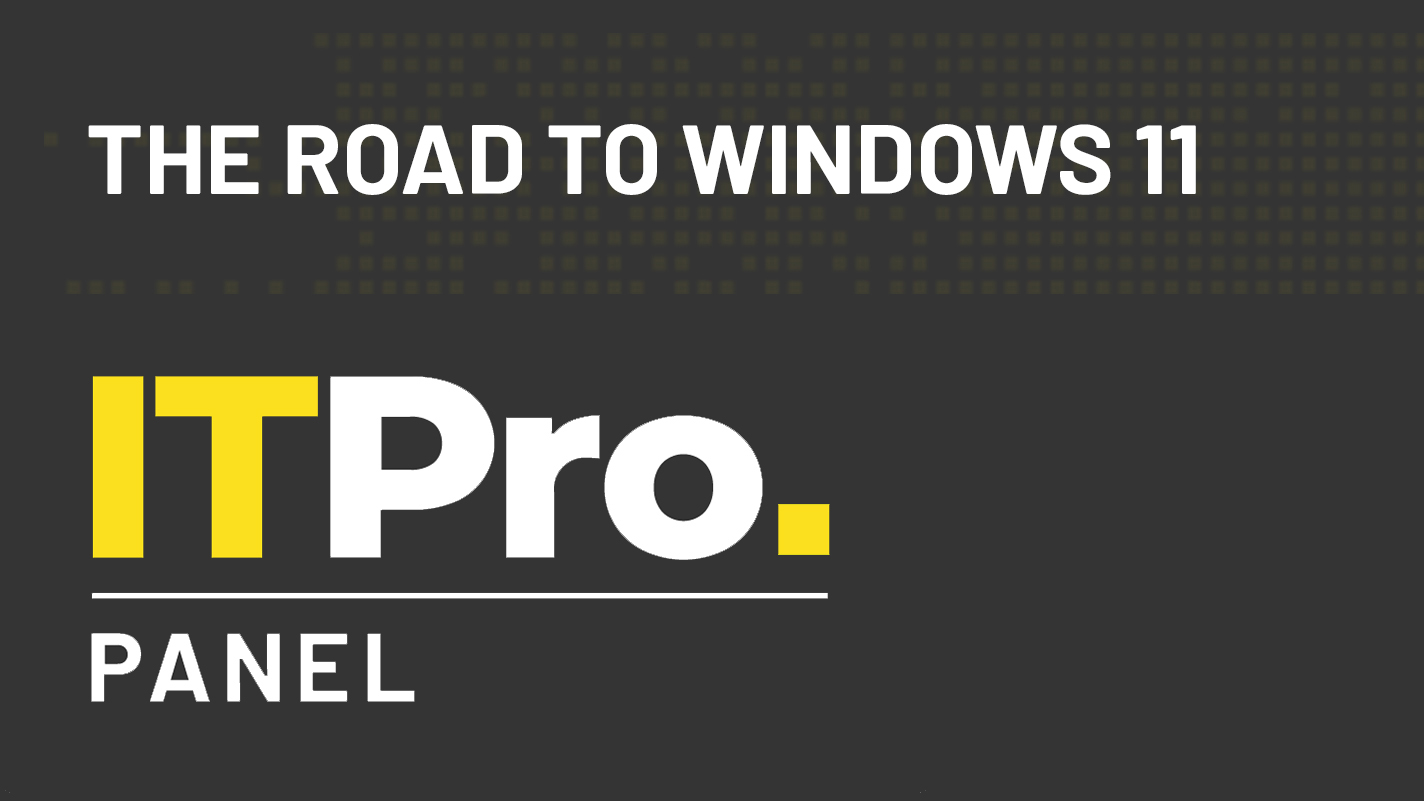 IT Pro Panel: The road to Windows 11
IT Pro Panel: The road to Windows 11IT Pro Panel As the new OS gears up for rollout, we talk to our panellists about their upgrade plans
By Adam Shepherd
-
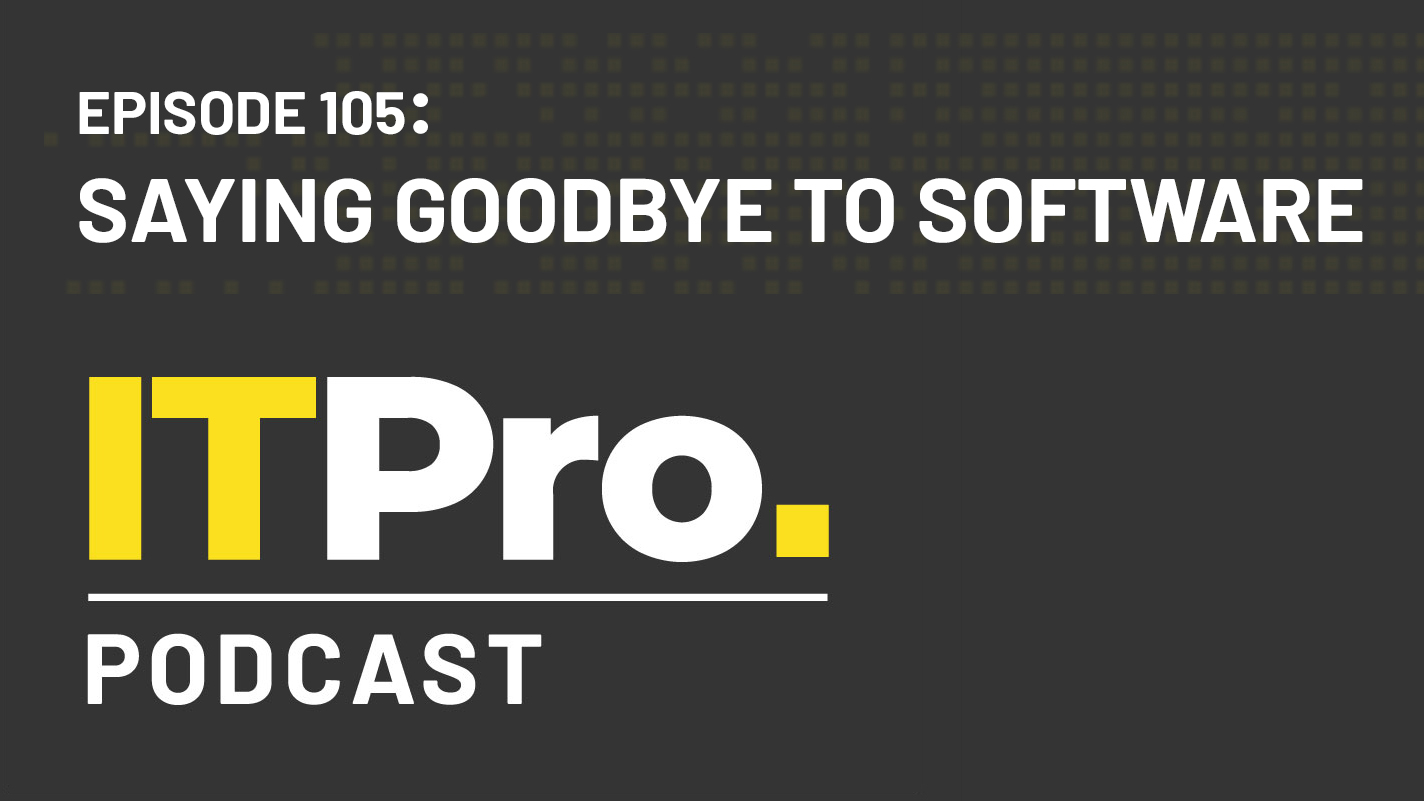 The IT Pro Podcast: Saying goodbye to software
The IT Pro Podcast: Saying goodbye to softwareIT Pro Podcast Why do we find it so hard to let go of our favourite applications?
By IT Pro
-
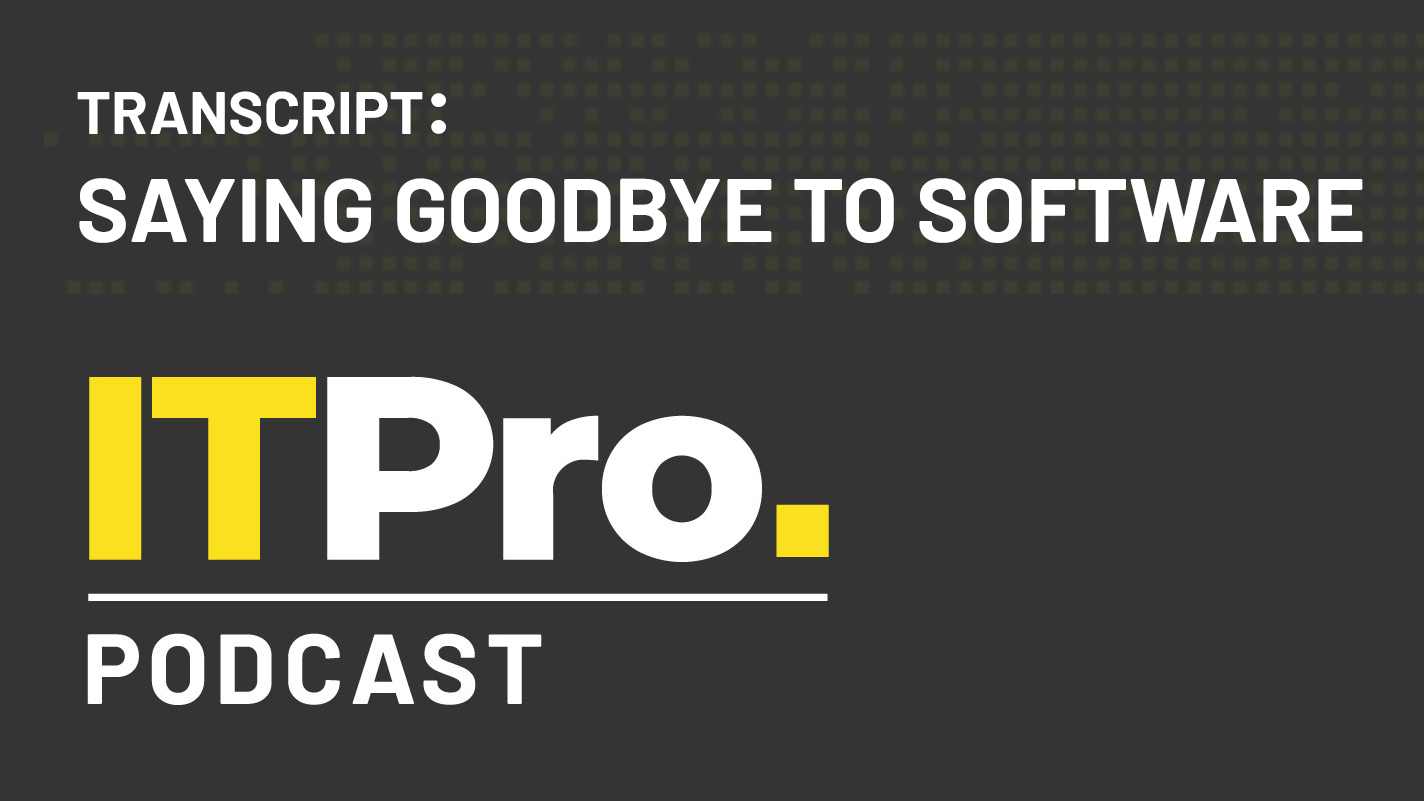 Podcast transcript: Saying goodbye to software
Podcast transcript: Saying goodbye to softwareIT Pro Podcast Read the full transcript for this episode of the IT Pro Podcast
By IT Pro
